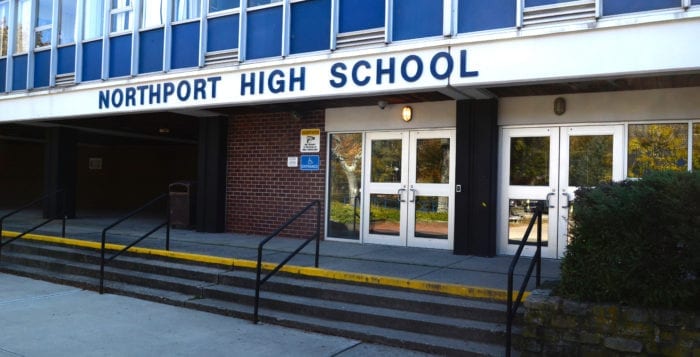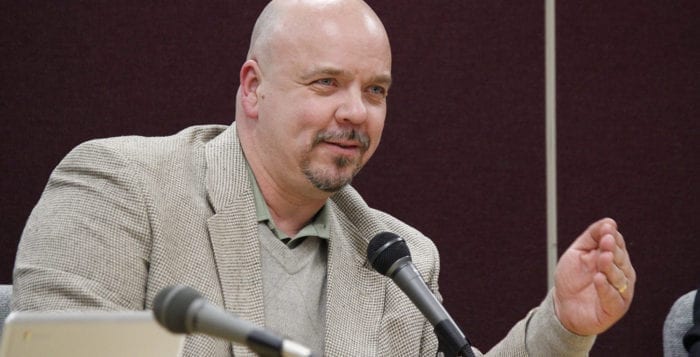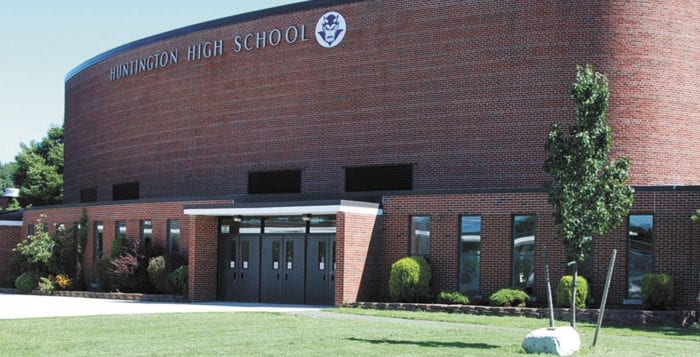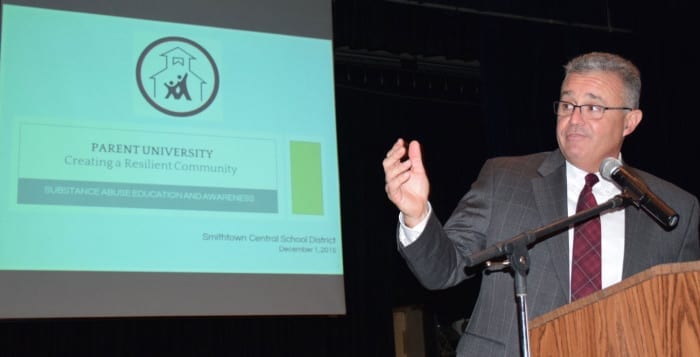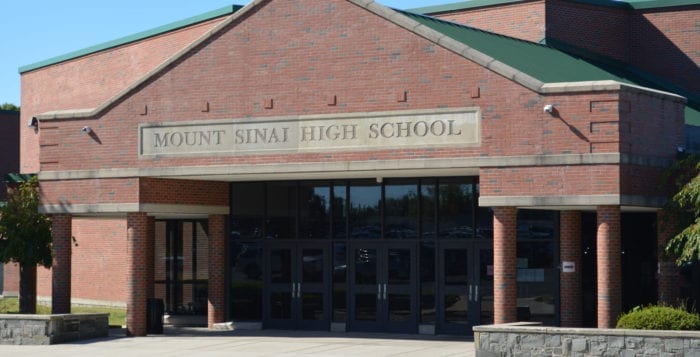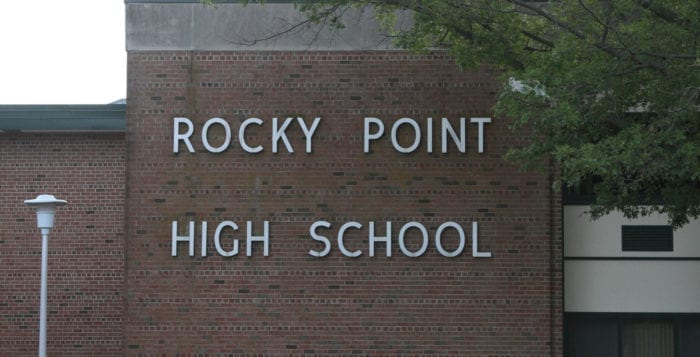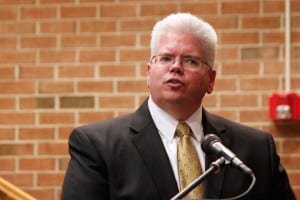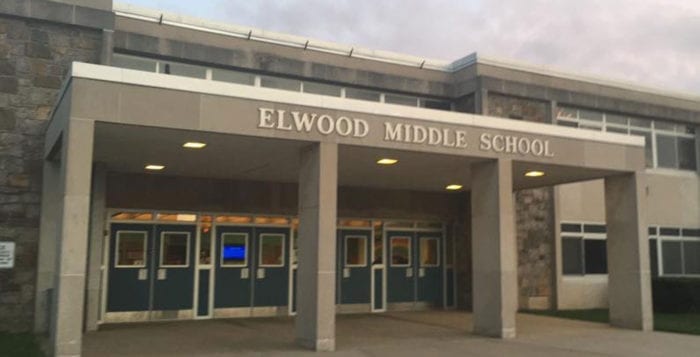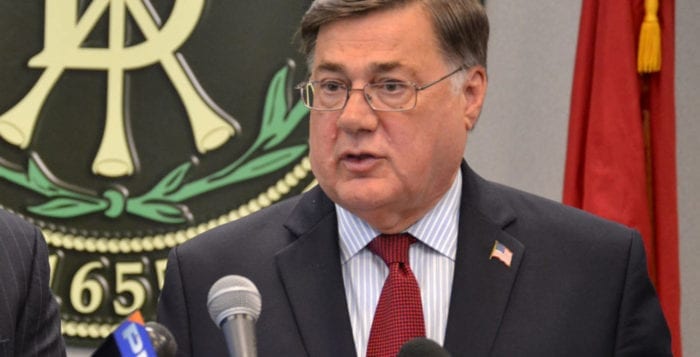By Sara-Megan Walsh
Northport-East Northport school officials gave residents their first look at the district’s $166.2 million 2018-19 budget draft.
Superintendent Robert Banzer and assistant superintendents presented a $166,165,381 first draft of its budget for next year at the March 1 board of education meeting. It represents a 1.75 percent increase over the current year’s $163.3 million budget, or a $2,858,541 increase.
“We are presenting a budget that supports the mission, vision, core beliefs and priorities of the district,” Banzer said. “While continuing a historically low tax levy increase.”
At the March 1 trustees meeting, the board conducted a line-by-line review of the district’s approximately $11.8 million draft budget for buildings, grounds and transportation.
Some of the budgetary highlights from buildings, grounds and transportation
section include $120,000 for the purchase of a new 66-passenger bus; $69,500 budget for new snow removal equipment; and $50,000 for the purchase of a four-wheel drive vehicle.
A significant portion of the proposed buildings and grounds budget, more than $340,000, has been set aside for new security equipment and services. Leonard Devlin, the district’s
supervisor of security, has proposed installing approximately 30 additional interior cameras and 20 exterior cameras districtwide along with purchasing nine license plate readers, one for each building.
“It allows the principal and myself to identify a vehicle coming on the school property,” Devlin said. “It would give me a clear video of the license plate to prevent vandalism and identify those vehicles that come onto our property at 2, 3, 4 a.m.”
In addition, Devlin has requested the district set aside $28,000 to purchase a new security vehicle to replace an aging vehicle that while having 90,000 miles is spending more time in repair shops than on school grounds, he said.
David Stein, vice president of the board of education, questioned if the district should consider increasing all security lines in the budget by as much as 20 percent.
“There is a lot of work for us to do in this new environment,” he said at the March 1 meeting. “One thing I am certain I heard tonight is there needs to be an increase in substance and value.”
Stein was backed by his fellow trustees in asking Devlin to come up with a wish list of security equipment and personnel for the district in the upcoming weeks. The district will revisit the budgeted lines for security at a future budget presentation, as well as weighing whether the budget allows for additional security personnel.
The next presentation on the proposed budget for instruction, technology, BOCES and special education is March 8 at 7 p.m. at William J. Brosnan School. A preliminary budget hearing for district taxpayers is set for March 22.

